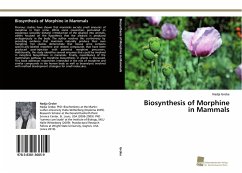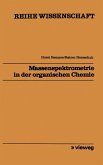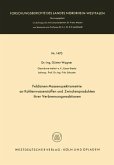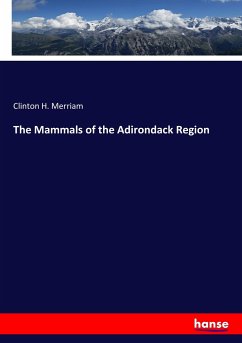Previous studies have shown that mammals excrete small amounts of morphine in their urine. While some researchers postulated an exogenous (possibly dietary) introduction of the alkaloid into animals, others focused on the hypothesis that the alkaloid is produced endogenously in the body. The author resolves this controversy by providing evidence that mammals naturally produce their own morphine. Her studies demonstrate that mouse urine contains specifically-labeled morphine and related compounds that have been produced post-injection with potential morphine precursors. Additionally, the study identifies several enzymes that could be involved in morphine biosynthesis in mammals. Finally, resemblance of the mammalian pathway to morphine biosynthesis in plants is discussed. This book addresses researchers interested in the role of morphine and similar compounds in the human body as well as bioanalysts involved with method development strategies for small molecules.
Bitte wählen Sie Ihr Anliegen aus.
Rechnungen
Retourenschein anfordern
Bestellstatus
Storno








